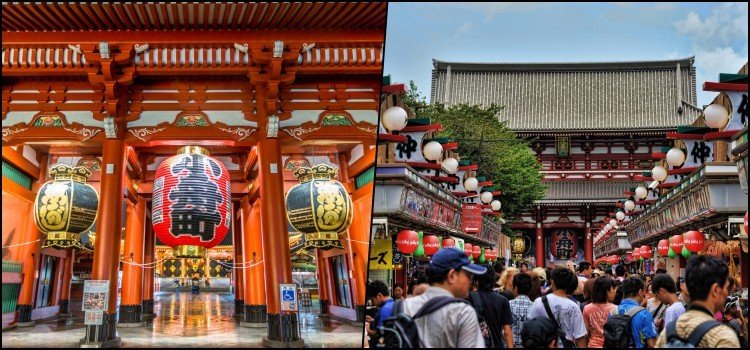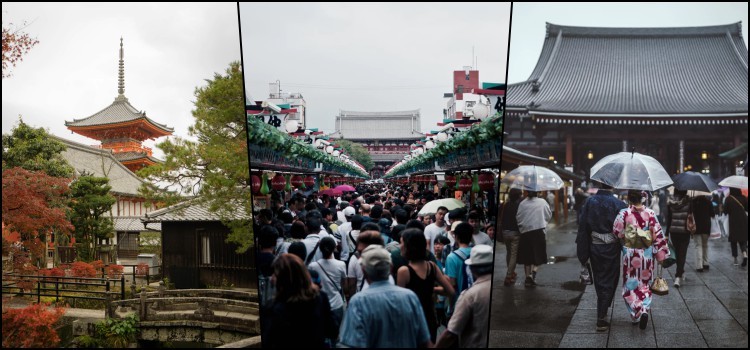Buddhism is a religion that originated in India between the 4th and 6th century BC that is centered on the teachings of Siddartha Gautama, known posthumously as The Buddha, whose purpose is to help any living being to cease the cycle of suffering (samsara) and achieve the extinction of suffering (nirvana) becoming a bodhisattva (one who reaches the nirvana).
The religion migrated out of India and spread throughout Asia, eventually arriving in Japan in the 6th century AD
Buddhism had a major influence on the development of Japanese society. In modern times, the most popular schools of Buddhism in Japan are those in the Pure Land, Nichiren, Shingon and Zen.
As of 2008, approximately 34% of Japanese people identify themselves as Buddhists and the number has been growing since the 1980s, in terms of membership in organized religion.
However, in terms of practice, 75% practice some form of Buddhism (compared to 90% practicing Shinto, so most Japanese practice religion to some extent. About 60% of Japanese have a Butsudan (Buddhist shrine) in their homes.

Índice de Conteúdo
The arrival of Buddhism in Japan
According to the Book of Liang, written in 635, five Buddhist monks from Gandhara traveled to Japan in 467. At that time, they referred to Japan as Fusang (Chinese: 扶桑; Japanese pronunciation: Fusō), the name of a mythical country to the far east across the sea.
Although there are records of Chinese Buddhist monks arriving in Japan before Asuka period, the "official" introduction of Buddhism to Japan is dated to 552 in Nihon Shoki when King Seong of Baekje (now Korea) sent a mission to Emperor Kinmei that included Buddhist monks or nuns along with an image of the Buddha and a series of sutras to introduce Buddhism.

Buddhism in the Meiji period
With the Meiji Restoration in 1868, the new government adopted a strong anti-Buddhist attitude and a movement to eradicate Buddhism and to bring Shinto to the rise emerged across the country. This was due to the strong connections of Buddhism with the Shoguns.
Shinto became the state religion. Within the Buddhist establishment, the Western world was seen as a threat and a challenge to face.
Buddhist institutions had a simple choice: adapt or perish. Rinzai and Soto Zen chose to adapt, trying to modernize Zen while maintaining a Japanese identity. Other schools and Buddhism in general have simply seen their influence wane.

From World War II
During World War II, almost all Buddhist temples strongly supported the militarization of Japan. In contrast, some individuals like Ichikawa Haku and Girō Seno'o were targeted. Soka Kyoiku Gakkai, an organization of Nichiren believers, has been banned by military authorities.
During the 1940s, the leaders of Honmon Hokke Shu and Soka Gakkai were arrested for their challenge to the religious policy of the war government, which required showing reverence for state Shinto.

Japan saw an increase in the lay faithful of Buddhism and a decline in traditional Buddhism in the 20th century. As of 2008, approximately 34% of Japanese people identify themselves as "Buddhists".
I hope you enjoyed the article. We appreciate the shares and comments. We also recommend reading:




